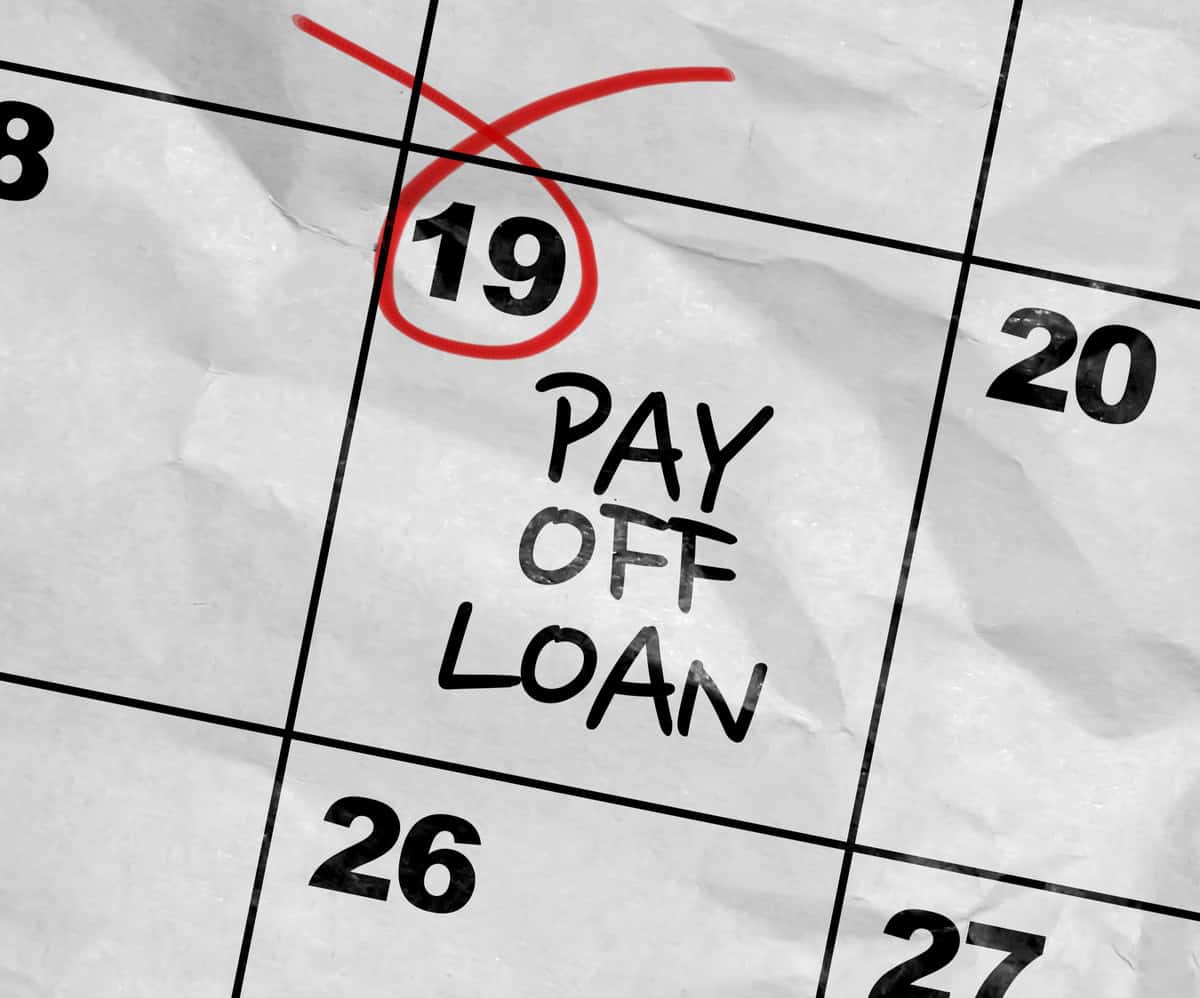Eighty-five percent of Americans rely on their private vehicles to get to and from work every day. Almost 95 percent of households own a car. These high rates reflect that many people have no choice but to own vehicles because they lack access to adequate public transportation.
Unfortunately, vehicle ownership is becoming increasingly expensive. Keep reading to learn how auto loan rate trends are driving up vehicle costs and what, if anything, you can do about it.
How Are Auto Loan Rates Determined?
There is no single auto loan rate that applies to every car buyer. Instead, car loan interest rates vary depending on each buyer’s characteristics and the type of vehicle he or she is considering.
Rates are influenced by:
- Your credit score
- The length of the loan
- Whether the car is new or used
- The type of lender
- Where you live
- Larger economic forces
Of these, the three that undeniably have the biggest impact on your ability to secure favorable loan terms are:
- Whether the car is new or used
- Your personal credit score
- The length of the loan
Historic Average Auto Loan Rate Trends
The average interest rate for cars plummeted in the wake of the financial crisis that swept America during 2008 and 2009. The Federal Reserve and other financial authorities intentionally drove prices down to promote sales and stimulate economic growth. In many cases, dealerships and car manufacturers offered special rates to lure buyers, offering zero-percent financing.
Since then, average car loan interest rates have steadily crept back up. In March of 2014, the annual percentage rate (APR) on a new vehicle loan was 4.44 percent, and the APR on a used vehicle loan was 8.03 percent. By March of 2018, new vehicle loans had risen more than one percent to 5.66 percent. Used vehicle loans went up by more than one-half of one percent to 8.69 percent.
As of March 2019, new vehicle loans had gone up almost another full point to 6.36 percent. Interest on used vehicle loans also went up, ending at 9.5 percent.
By the end of 2019, Experian reported that national interest rates were averaging at 5.4 percent for new vehicles and 8.2 percent for used ones.
Current Average Auto Loan Rates And Year Over Year Changes
As a result of COVID-19, experts are forced to revise their auto loan rate estimates. As of June 2020, the national average car interest rate is between 4.66 percent and 11.24 percent, depending on car type and other factors. Sixty-month car loans averaged 5.27 percent interest.
Recently, the Federal Reserve slashed interest rates to zero. As a result, many banks and other lenders are starting to roll back their interest rates on auto loans. This steep drop in car loan interest rates reflects the same auto loan rate trends the country saw following the 2008 and 2009 financial crisis.
In keeping with those trends, experts’ most recent estimates suggest that auto buyers will enjoy meager interest rates for much of the remainder of 2020 as the auto and banking industries seek to generate business. After that, interest rates are expected to start slowly but steadily rising once again until they return to 2019 levels.
Breaking Down Auto Loan Rate Trends
While national loan rate averages are expected to drop, not all buyers will benefit from this trend. It is necessary to explore auto loan rate trends in the context of the individual factors that influence when and why they vary. For example, knowing that national auto loan interest rate averages have dropped by three percentage points realistically tells you very little about what to expect when you head out to buy a new car. Looking at the trends by state, credit score, and type of loan is a far more effective way to nail down what to expect and how to get the best possible rates.
New Cars vs Used Cars
New car interest rates are routinely lower than used car loan interest rates. At first glance, this can seem strange. However, the difference in interest rates between new and used cars has proven to be consistent over time and is grounded in larger financial logic.
Resale Value
First, this trend persists because new cars almost always have a higher resale value than used cars. When you pledge a new car as collateral for your auto loan, lenders are all but guaranteed to get their money back. If you do not pay off your loan, they can repossess your car and sell it to recoup their money.
The value of used cars is harder to assess, leaving lenders with less confidence in their ability to repossess and sell your car for enough money to cover the loan accurately. Thus, used car loans are higher-risk and assigned higher interest rates to compensate.
Dealers Driving Sales
Second, many lenders are connected to vehicle manufacturers or sellers. They have a vested interest in convincing buyers to purchase new vehicles as opposed to older ones. Lower interest rates on new cars are a highly effective method of encouraging buyers to fall into dealers’ preferred purchasing patterns.
Risk Assessment
Third, borrowers purchasing used vehicles are statistically riskier to lend to than those buying new cars. Lender concerns about used car buyers tend to spike further whenever there is an increase in loan defaults, as has been the case in recent years.
Auto Loan Rates By Credit Score
It’s no surprise that auto loan lenders are incredibly interested in borrowers’ credit scores. With new cars routinely costing more than $36,000 and used ones coming in at over $20,000, lenders take a significant risk each time they approve an auto loan. Good credit scores represent lower-risk loans, and lenders reward that reduced risk with lower rates.
Prime Applicants
Applicants are considered to be prime borrowers if they have credit scores 670 or above. Generally, a credit score of 700 or higher makes it more likely you’ll get a favorable rate.
Poor to Average Applicants
Applicants with scores below 660 are considered to be average or poor borrowers. Lenders consider them a higher risk and require much higher interest rates to offer them loans.
Subprime
Applicants with credit scores below 600 are considered “subprime” and high-risk. On average, they pay, 11.51 percent interest on new car loans and 16.88 percent interest on used car loans.
Auto Loan Rates by State
Where you live directly influences the interest rates, you will have access to when applying for an auto loan. Even applicants with high credit scores may pay more in the costliest states.
The top ten most expensive states in which to get an auto loan are:
- Rhode Island
- Connecticut
- New Jersey
- Massachusetts
- Louisiana
- West Virginia
- Delaware
- Washington DC
- Mississippi
- Pennsylvania
Auto Loan Rates by Length of Loan
Lenders typically rely on a few standard loan term lengths. These are:
- 24 months
- 36 months
- 48 months
- 60 months
Longer-term loans of 63, 69, 72, and 84 months are sometimes available, as well. As a general rule, the longer the duration of a loan the higher the interest rate applicants can expect. This is especially true of long term loans on used cars, which lenders consider extremely high-risk.
In some cases, the APRs on long term auto loans can be so high that borrowers find themselves committed to loans for much more than the vehicle itself is worth. This is called being “upside-down” on a loan.
These terms can appeal to applicants at the moment because they allow them to secure a very low monthly payment. However, long term, they can lead to borrowers paying thousands of dollars more for their vehicles than if they selected a short-term, higher-interest loan.
Loan Rates by Type of Lender
Loan applicants are often unaware of just how much auto loan rates vary between lender types. There are three primary types of lenders:
- Banks
- Credit Unions
- Dealerships
Each type of lender has its own restrictions and auto loan rate trends.
Banks
Banks typically have very specific loan criteria. Their guidelines cover:
- Mileage limits for the vehicles being purchased
- Minimum and maximum loan amounts
- Borrower minimum credit score thresholds
The rules and rates have remained surprisingly stable over time. The exact rates a given bank charges fluctuate slightly year-to-year based on larger economic influences but are mostly determined by borrowers’ credit scores and locations.
Credit Unions
Credit unions generally offer loans only to members, but consistently do so at lower rates than banks or dealerships. Like banks, credit unions may adjust their interest rates slightly year-to-year. Overall, however, their prices remain stable and are primarily determined by borrowers’ credit scores and location.
Dealerships
Auto dealership financing accounts for 7 in 10 of all car loans. Dealerships’ auto loan rates are by far the most variable. They regularly dip as low as zero percent for qualifying applicants during periods when dealers need to boost sales. Rates can skyrocket, however, for applicants with poor credit ratings. When the economy is tight, borrowers can expect lower rates from auto dealers as they try to drum up business. The more reliable and more stable the economy, the higher dealer rates tend to be.
Auto Loan Refinance Rates
Auto loan refinancing is when a loan holder applies for a new loan to pay off their existing loan. In most cases, borrowers refinance because they find an opportunity for better financing terms than their current loans offer.
That can happen when:
- Their credit score changes
- Their income increases, allowing them to afford higher monthly payments
- They move to a new geographic area with lower rates
- They become eligible for a loan through a new lender, such as a credit union
- External economic forces drive loan rates down
Like regular auto loan rates, auto loan refinance rates are almost always higher on used cars than for new vehicles. Borrowers may find that they simply cannot refinance vehicles more than eight or ten years old..
Making the Most of Auto Loan Rate Trends
Now that you understand auto loan rate trends, you are well-positioned to take advantage of current trends to finance or refinance a vehicle for the best possible rate. While you’re here, check out our other great posts on how to lower your bills through a better understanding of mortgages, insurance, and credit cards!

